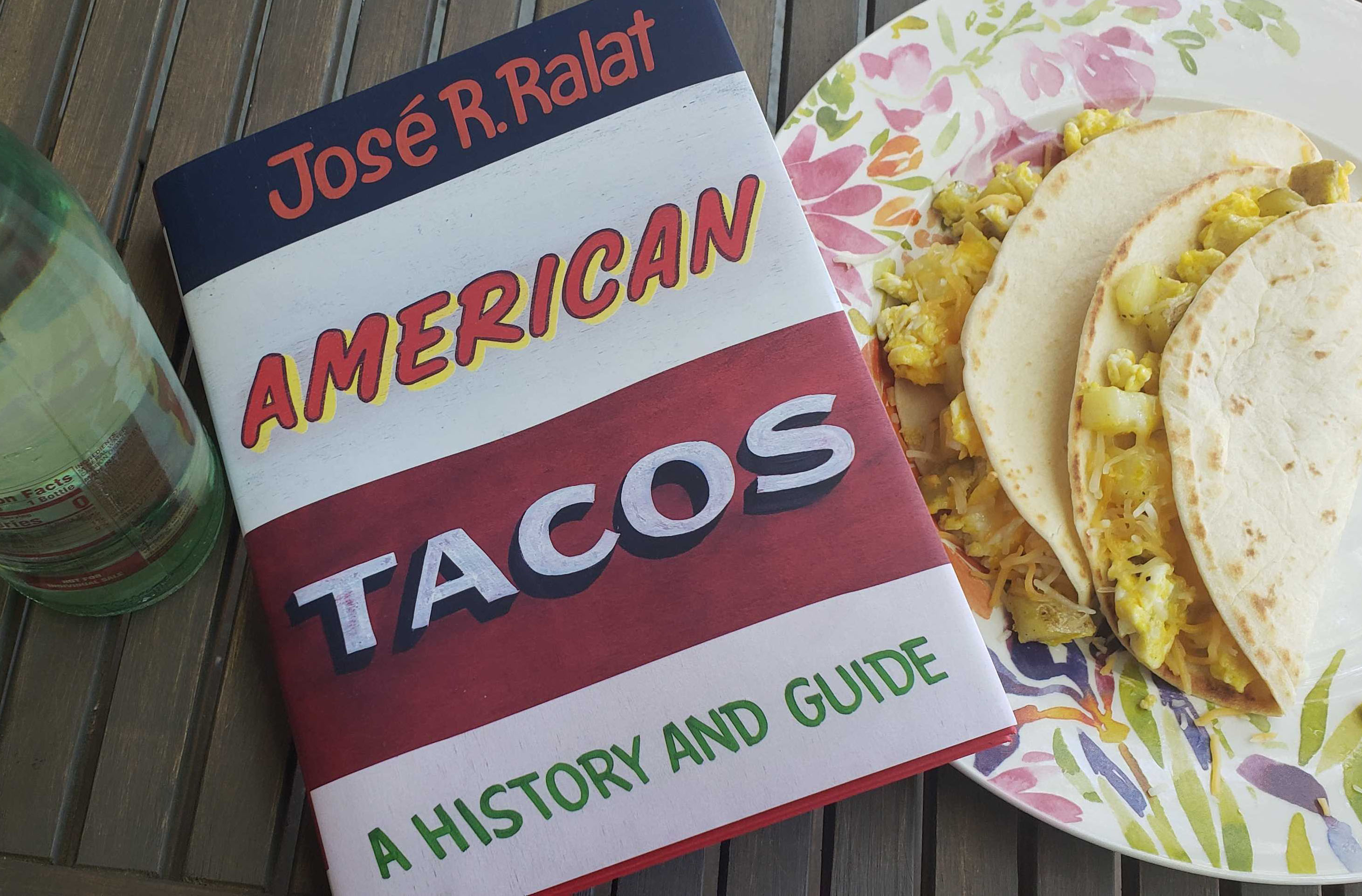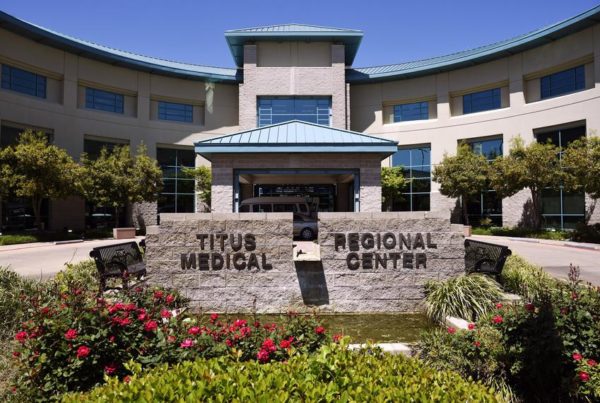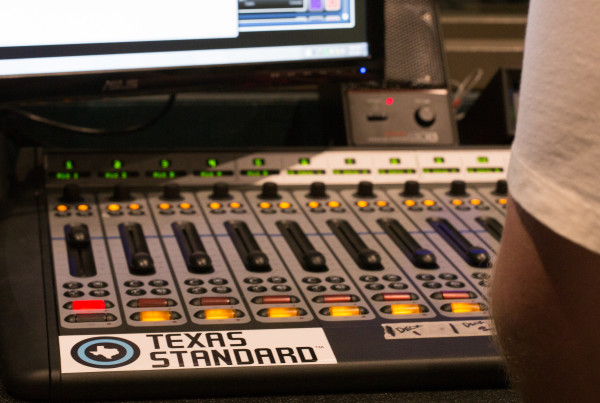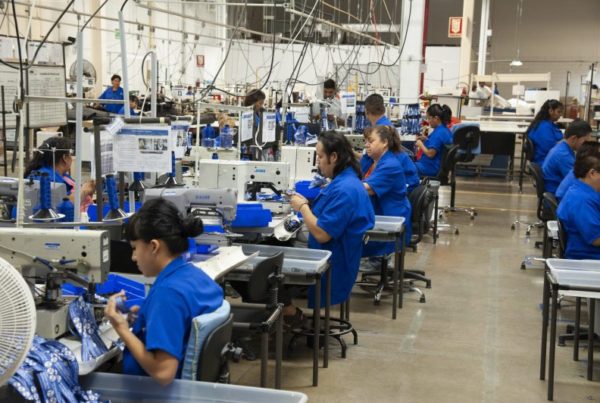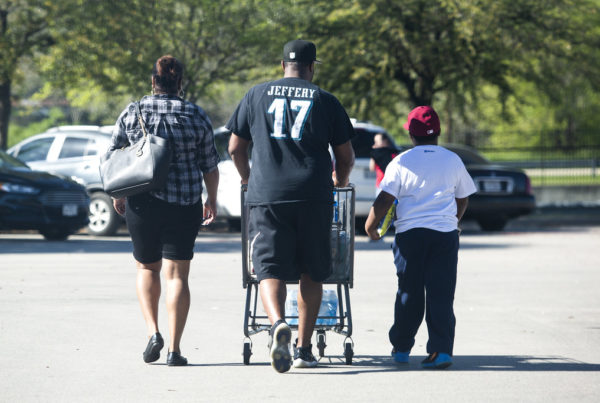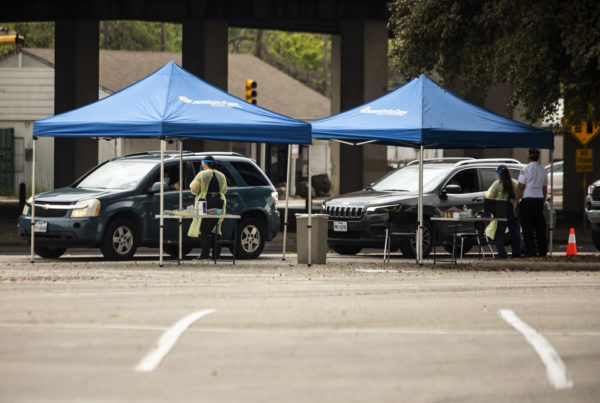Tacos – which originated in the neighboring south – are now a staple of Texas cuisine. And their popularity continues to grow across the U.S. But that doesn’t mean Texans have started taking their tacos for granted. In his new book, “American Taco: A History and Guide,” José Ralat, taco editor for Texas Monthly, isn’t surprised that Texans have such a deep connection to the dish.
“Tacos are defined by their time and place,” he told Texas Standard. “They are a reflection of who we are via population shifts, market supply and demand. They are the manifestations of who and what we are and our desires — in this little dish.”
Nothing sums this notion up better than the most contested question among Texans: Which city has the best breakfast tacos?
“Everyone wants to claim the beauty that is the breakfast taco,” he said. “Everyone sees it as their right these days. The fact of the matter is Austin, San Antonio, Corpus – no one owns that.”
But there is a region of Texas that holds a stronger connection with the highly fought-over food.
“The breakfast taco is a border food. So it doesn’t necessarily belong to Texas, but it certainly is a Texas food,” he said.
Ralat said the reason people feel so strongly about taco superiority is because of the amount of work that went into developing the taco’s presence. And everyone wants to add a piece of themselves to a culture that is quickly globalizing.
But still, is there a place that could rightfully claim the breakfast taco? For Ralat the answer is simple.
“Yes, Mexico,” Ralat said.
Originating in Mexico is not enough to build a food reputation. Barbara though popular in Texas gets a bad wrap. Ralat shared a popular theory that many minorities are familiar with: European colonization.
“Because was traditionally cooked in the ground, it is looked down upon, it is barbaric,” he said. “There are some reports by colonizing Europeans that some barbracoa was actually human flesh. I don’t know if that’s true. When the Spanish first came over they said a lot of things and some of them art true. [These] were justifications for their own barbarism.”
Even today, some consider barbacoa just “the left over” meat of the cow.
“It’s the cow head predominately – which no on really wants,” Ralat said. “So the white ranchers would give it to the Mexican ranch hands and they would make a feast out of it.”
Still, right now, there is only one place in the state where barbracoa can be cooked traditionally in the ground – Vera’s in Brownsville.
“[They’re] cooking it for 12-13 hours. What comes out is silk, fatty, just a tad bit smokey and it’s delightful,” he said.
So if you can make the long drive to the Rio Grande Valley after the pandemic, Ralat says its worth it.
Listen to the full interview in the player above.
If you found the reporting above valuable, please consider making a donation to support it here. Your gift helps pay for everything you find on Texasstandard.org and KUT.org. Thanks for donating today.


